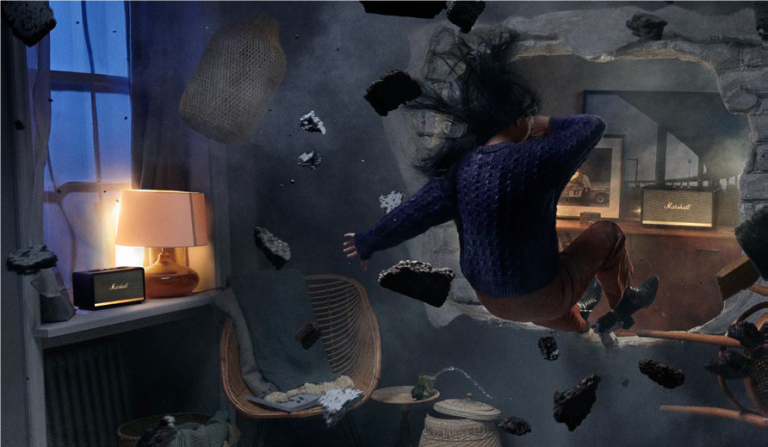The Components of a Fire Sprinkler System

Whether you’re thinking about installing a fire sprinkler system in your home or trying to learn more about how the system works in your office, we’ve got the information you need. Fire sprinkler systems aren’t as simple as the sprinklers that are hooked up for the kids to run through. Some essential pieces ensure safety, cleanliness, and success for whenever the need arises. If you’re interested in how it all comes together, keep reading—we’ve laid out some of the key components of a fire sprinkler system below.
Today, we’ll discuss wet systems specifically. These are the most common type of fire sprinkler system.
Main Drain
If the main drain sounds important, that’s because it is. This component allows for water removal from the sprinkler system, providing a forward flow of water. It’s specifically used to discharge water outside and away from the building. Without the main drain, a harmful amount of water would flood the building.
Auxiliary Drain
Next, you’ll find an auxiliary drain wherever the pipe changes direction. The purpose of this component is to prevent any water from remaining within the system after discharge. If there is, this is the place where you can drain the water from a trapped area. All sprinkler types (regardless of wet or dry systems) require auxiliary drains.
Control Valve
This is one of the most important components of a fire sprinkler system. In fact, it’s so essential that you can find it in multiple locations in a sprinkler system. All the valves are required to show visual signs as to whether or not they’re closed or opened. When opened, they allow water to flow whenever necessary; if closed, then the system could fail in dire circumstances.
Alarm Valve
Alarm valves are the part of the system that signal when there’s an event that needs water flow. This is triggered by the fire alarm system, which kick-starts the sprinkler system process.
Backflow Prevention Device
The last pieces we’ll talk about are the backflow prevention devices. These are absolute requirements for fire sprinkler systems. They’re installed between the water source and the system. What do they do? They keep stagnant fire sprinkler water from flowing back into the water main and ensure that enough water flows into the system in case of a fire.
There you have it—a quick look into how sprinkler systems work. Now if anyone asks, you can tell them!





